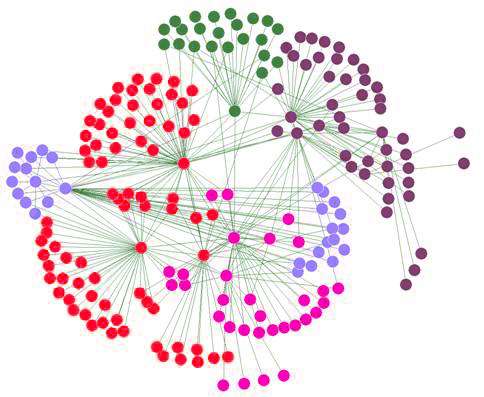A breakthrough in estimating the size of a (mostly hidden) network

A newly discovered connection between control theory and network dynamical systems could help estimate the size of a network even when a small portion is accessible.
Understanding the spread of coronavirus may be the most alarming and recent example of a problem that could benefit from a fuller knowledge of network dynamical systems, but scientists and mathematicians have been grappling for years with ways to draw accurate inferences about these complex systems by working with partial data from available measurements.
In a new Physical Review Letters paper, New York University Tandon School of Engineering Institute Professor Maurizio Porfiri demonstrates a profound connection between mathematical control theory and the problem of determining the size of a network dynamical system from the time series of some accessible units. For homogeneous networks—in which every unit plays the same—accessing a mere 10% of the units could be sufficient to exactly infer the size of the entire network, Porfiri concludes.
But the same approach fails for heterogeneous networks, which are far more common in the field of complex systems: Think of the early stage of the novel coronavirus outbreak, in which every person experienced a widely different range of contacts due to their social and professional lives. Hence, the author recommends prudence in the inference of the size of a network dynamical system from available measurements when information on the nature of the network is lacking.
"From natural to technological settings, network dynamical systems constitute a powerful approach to study collective dynamics. The size of the system is arguably its most fundamental property, but seldom do we have access to such critical information," Porfiri explained. His research provides mathematical proof for a model-free approach published last year by researchers from the University of Oldenberg and the Technical University of Dresden.
"Validity and Limitations of the Detection Matrix to Determine Hidden Units and Network Size from Perceptible Dynamics" is published in Physical Review Letters.
More information: Maurizio Porfiri, Validity and Limitations of the Detection Matrix to Determine Hidden Units and Network Size from Perceptible Dynamics, Physical Review Letters (2020). DOI: 10.1103/PhysRevLett.124.168301
Journal information: Physical Review Letters
Provided by NYU Tandon School of Engineering





















